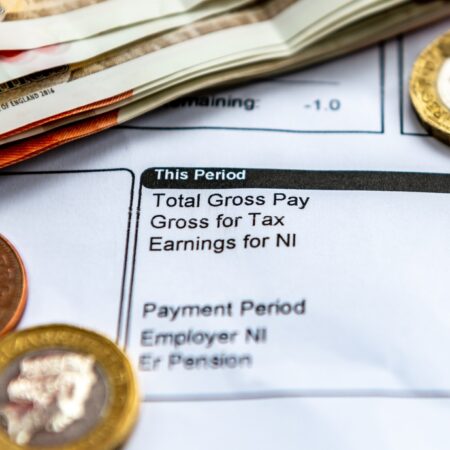Chancellor unveils three-point plan for jobs
The Chancellor has confirmed the Coronavirus Job Retention Scheme (CJRS) will end as planned this October. Mr Sunak said furloughing had been the right measure to protect jobs through the first phase of the crisis, and now the second phase will see a three-point plan to create jobs, support people to find jobs and to protect jobs.
The CJRS will be followed by a Job Retention Bonus, which will be introduced to help firms keep furloughed workers in employment.
This scheme will see UK employers will receive a one-off payment of £1,000 for each furloughed employee who is still employed as of 31st January 2021. To qualify for the payment, employees must earn above the Lower Earnings Limit (£520 per month) on average between the end of the CJRS and the end of January 2021.
Mr Sunak has also launched a £2 billion Kickstart Scheme that will aim to create subsidised six-month work placements for young people aged between 16-24 who are claiming Universal Credit. Funding available for each placement will cover 100% of the National Minimum Wage for 25 hours a week, plus the associated employer national insurance contributions (NICs) and employer minimum automatic enrolment contributions. Employers will be able to top this wage up.
As part of further support, the Chancellor has announced a cut in the rate of VAT from 20% to 5% for the UK tourism and hospitality industry. This applies to supplies of food and non-alcoholic drinks from restaurants, pubs, bars, cafés and similar premises, as well as the supplies of accommodation and admission to attractions, including theme parks and zoos, across the UK.
Additionally, the Eat Out to Help Out scheme will entitle every diner to a 50% discount of up to £10 per head on their meal at any participating & eligible food service establishment from Monday to Wednesday.
Participating establishments will be fully reimbursed for the 50% discount.
Chancellor Rishi Sunak said:
“Our plan has a clear goal: to protect, support and create jobs. It will give businesses the confidence to retain and hire. To create jobs in every part of our country. To give young people a better start. To give people everywhere the opportunity of a fresh start.”
Samantha Bennett, of Harvey, Telford Bates comments:
“The Chancellor has announced a variety of support schemes to kick-start the economy and ensure that jobs are protected through to the end of the year. At Harvey, Telford and Bates, we can help you understand what this means for you as an employer and how to guide your business through these difficult times.”
For more information on how our team can help you understand the various support schemes such as the Job Retention Bonus, please call us on 01743 462604, or email [email protected].
For more information on these schemes, please visit the Gov.uk website here
Flexible furloughing starts on job retention scheme
On 1st July, flexible furloughing was introduced, meaning employees will no longer have to be furloughed for a minimum period of three weeks.
Following the changes to the Coronavirus Job Retention Scheme (CJRS), there is more flexibility to allow claims on a pro rata basis. Employers will be able to permit employees to work some of the week and be furloughed for the rest.
An employee needs to have been furloughed for at least three consecutive weeks between 1st March and 30th June to be eligible for furlough from 1st July. Additionally, after 1st July, employers may be subject to a cap on the number of employees that can be claimed for in a CJRS claim they are able to make.
The CJRS changes have effect from 1st July until the closure of the scheme on 31st October.
Parents returning from statutory maternity leave, paternity leave, adoption leave, shared parental leave and bereavement leave are broadly exempt from the CJRS furlough changes. Therefore, parents who are returning to work over the coming months will be eligible for the CJRS despite the scheme closing to new entrants on 30th June.
Additionally, from 1st August, the level of the grant will be reduced each month. From August, the employer will need to pay employer national insurance and pension contributions for the time the employee is furloughed. For August, the government will continue to pay 80% of wages up to a maximum of £2,500 proportional to the hours the employee is furloughed. For September, the government will pay 70% of wages up to £2,187.50, and for October, the government will pay 60% of wages up to a maximum of £1,875. During these months, employers will have to top up employees’ wages to ensure they receive 80% of their wages up to the £2,500 cap.
Laura Bright, of Harvey, Telford & Bates comments:
“Flexible furlough gives businesses the opportunity to bring back furloughed employees on a part-time basis. This next step of gradually returning to normality for businesses helps them to plan for the next months ahead.”
At Harvey, Telford & Bates we can help assist you on how to plan for the difficult months ahead for your business.
If you would like advice or guidance on flexible furlough, please call us on 01743 462604, or email [email protected].


